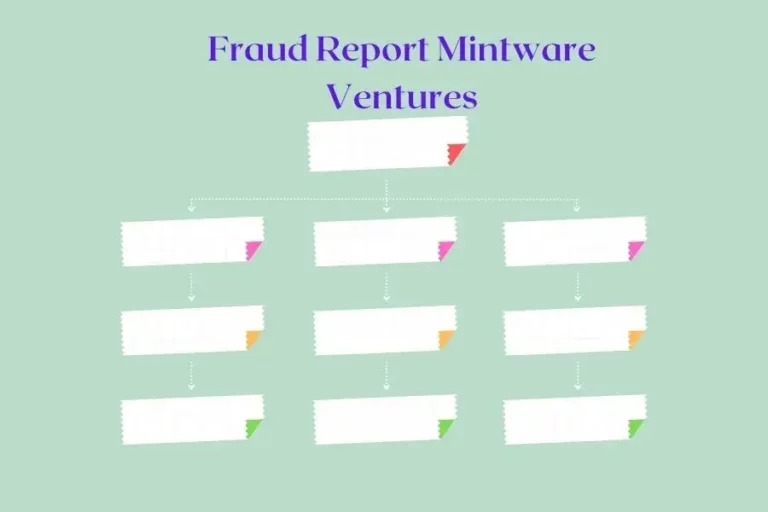The 5 Roles of Technology in Streamlining Portfolio Monitoring Processes

In the world of finance, portfolio monitoring is a critical process. It helps investors make informed decisions. It involves keeping track of investments, analyzing performance, and identifying risks and opportunities.
Yet, this process can be tedious and time-consuming without the right tools and technology. Luckily, advancements in technology have made it possible to streamline monitoring processes.
In this blog post, we’ll explore the five roles of technology in streamlining portfolio monitoring processes.
1. Automated Reporting
One of the most significant benefits of using technology for portfolio monitoring is automated reporting. With automated reporting tools, you can generate reports quickly and easily.
It is without having to spend hours collecting data and creating reports. This not only saves time but also reduces the likelihood of errors and inconsistencies in your reports.
2. Real-Time Data
Another role of technology in streamlining portfolio monitoring processes is providing real-time data. Real-time data allows investors to track their portfolios.
It allows it to respond to changes in market conditions or investment performance. This helps investors stay ahead of the curve. They make informed decisions based on up-to-the-minute information.
3. Risk Management
Technology can also play a crucial role in risk management for portfolios. By using risk management software, investors can identify potential risks. They can do this before they become actual problems.
It is because this problem could affect their investments. This enables investors to take proactive measures to mitigate these risks. They can also protect their portfolios from losses.
4. Data Analysis
With advancements in technology, data analysis has become more sophisticated and efficient. It enables portfolio managers to identify trends and patterns in data that were previously undetectable. This allows for the following:
- better decision-making and risk assessment
- optimizing portfolio performance
Technology also enables real-time monitoring of portfolios. It provides a more accurate and timely picture of their performance.
Furthermore, data analysis helps in identifying potential threats and opportunities. This allows portfolio managers to make strategic adjustments.
5. Collaboration
Technology plays a crucial role in streamlining portfolio monitoring processes. It is true, particularly when it comes to collaboration. With the rise of online UCC management tools, teams can now work together to track and analyze portfolios in real-time.
These tools allow for easier communication and data sharing between team members. This results in a more efficient and streamlined monitoring process. This collaboration saves time and resources.
It also ensures greater accuracy and transparency in investment management. Through technology, team members can access the same information. They can make decisions together, leading to more effective and strategic portfolio monitoring.
The integration of technology and collaboration in portfolio monitoring is essential for businesses. This is to stay competitive and adapt to the ever-changing market.
Optimize Portfolio Monitoring Processes to Enhance Efficiency
Technology plays a vital role in streamlining portfolio monitoring processes. It automates reporting, provides real-time data, and promotes collaboration. With the right tools and technology, investors can check their portfolios more efficiently.
They can make informed decisions that lead to better outcomes. So if you’re looking to improve your portfolio monitoring processes, consider investing in technology. In turn, this can help you achieve your goals.





